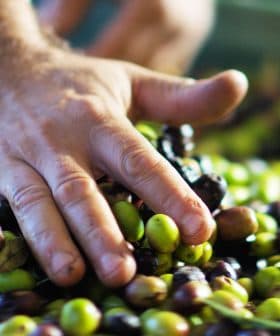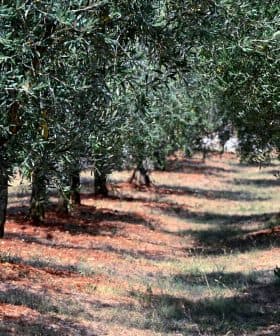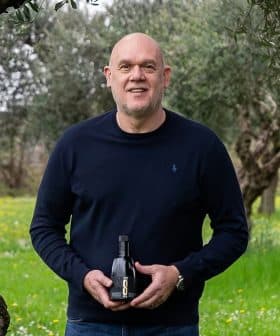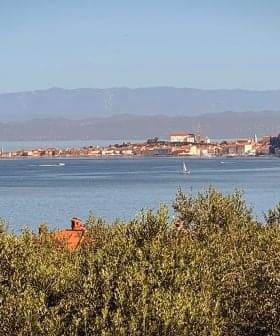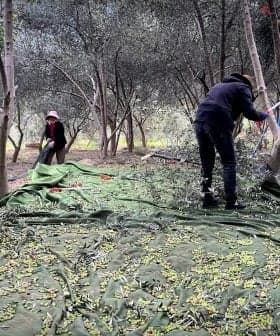Award-Winning Producer Seeks to Craft Extra Virgin Olive Oil From Millenary Trees in Croatia
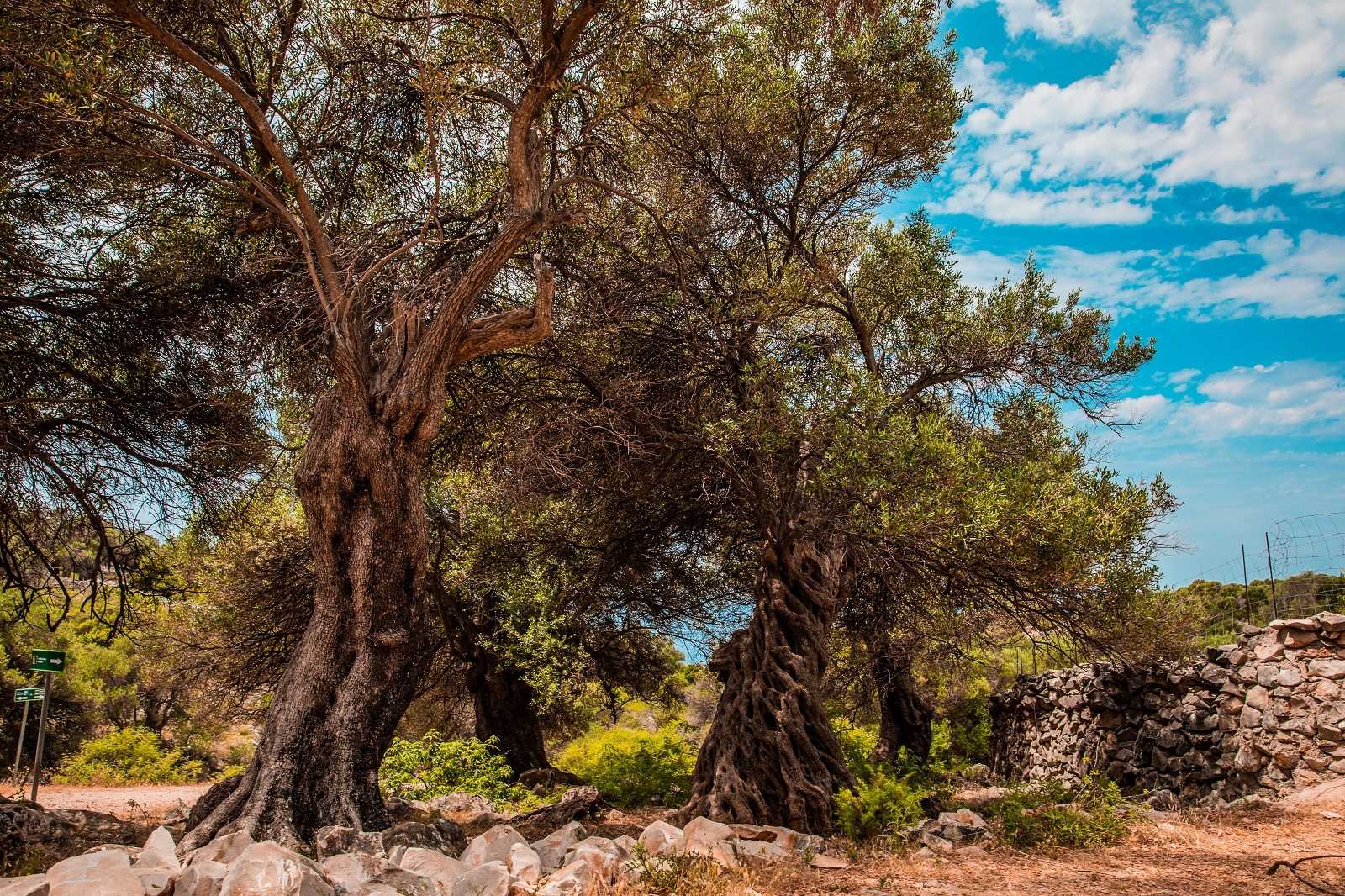
Croatian olive oil producers, particularly from Dalmatia, achieved unprecedented success at the 2021 NYIOOC World Olive Oil Competition, with plans to send millennial olive oils from Lun to the 2022 competition in hopes of showcasing the unique quality and health benefits of the region’s olive oils. The success at the competition has helped elevate the standing of Croatian olive oils on the world stage, with a focus on promoting lesser-known olive growing regions such as the Croatian Littoral and the Dalmatian Hinterland.
The euphoria from the success of Dalmatian oils at the 2021 NYIOOC World Olive Oil Competition has not subsided yet, but producers are already preparing another surprise for next year.
“I suggest that next year we send millennial olive oil to the world’s largest stage,” Ivica Vlatković, the producer behind OPG Vlatković, told several friends and an Olive Oil Times reporter.
This year, the doctor and award-winning producer earned two Gold Awards at the competition for a monocultivar Šoltanka and a blend from Coratina and Leccino. It was the fifth year that Vlatković has been awarded at the NYIOOC.
See Also:The Best Olive Oils from CroatiaAlong with Tomislav Duvnjak, Vlatković is one of the driving forces behind the unprecedented success of producers from Croatia’s southwestern shorelines and coastal islands at the World Competition.
Of the 105 extra virgin olive oil samples sent from Croatia, 53 came from Dalmatia and 52 from Istria. At the previous edition of the competition, only 12 samples arrived in New York from Dalmatia, representing an increase of 75 percent.
Croatian oils won 66 Gold and 20 Silver Awards at the 2021 NYIOOC, with 36 Gold and 13 Silver Awards going to Dalmatian producers.
“We are the fourth in the world [in terms of NYIOOC awards],” Vlatković said. “Istria has confirmed its reputation, but we from Dalmatia have proven now that we have quality too.”
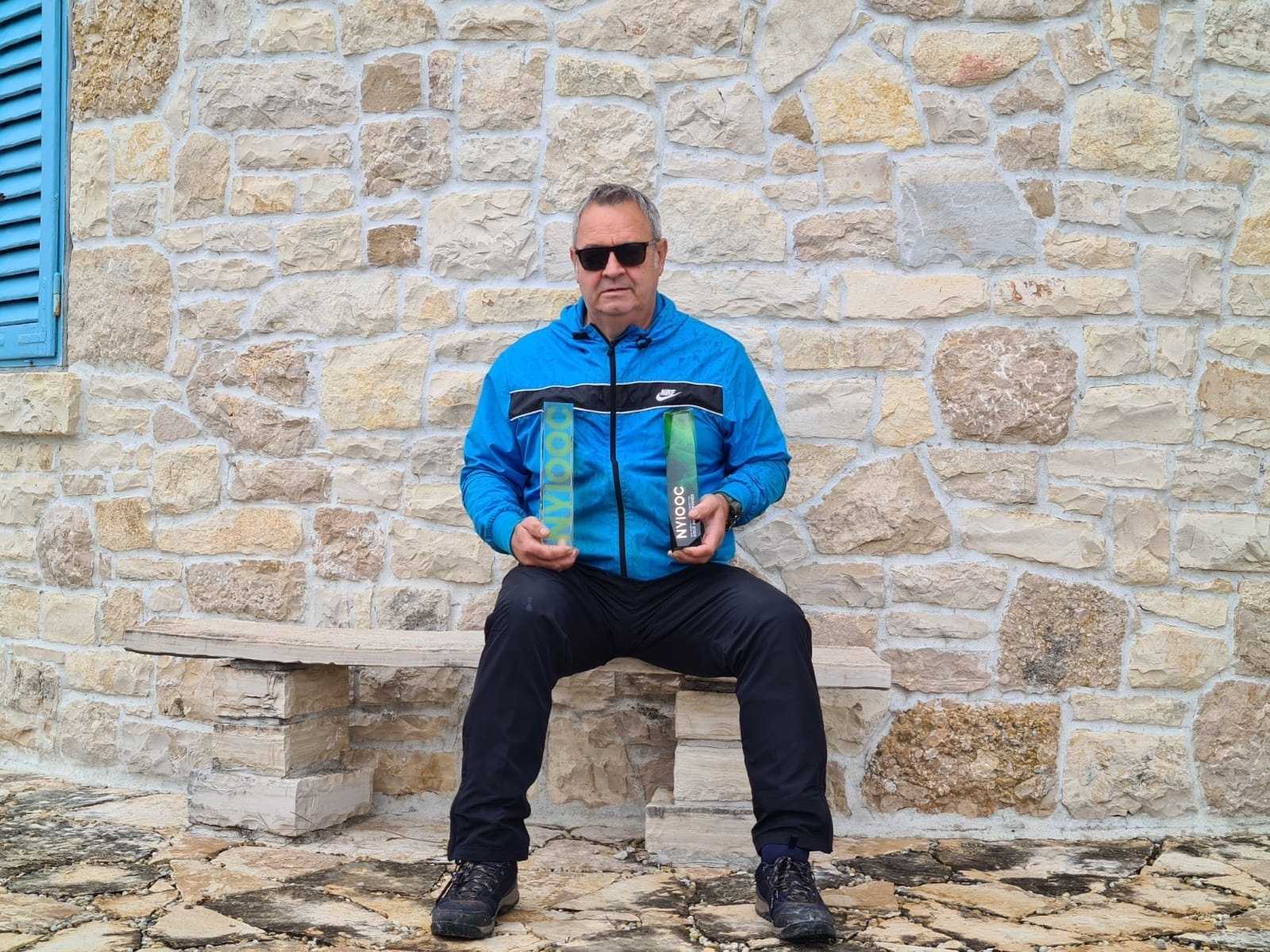
Ivica Vlatković
He believes that appearances at the NYIOOC can help increase the standing of all Croatian olive oils on the world stage. Away from Istria and Dalmatia, the two most significant olive growing regions, the Croatian Littoral and the Dalmatian Hinterland are also home to olive oil producers.
Stretching for about 150 kilometers and comprising more than 1,000 islands, the Croatian Littoral is sandwiched between Istria and Dalmatia.
On the island of Pag, known for its famous sheep cheese, the northern Lun peninsula is home to more than 80,000 trees of the indigenous Oblica variety, which cover an area of 400 hectares.
Of these trees, 1,500 stand out in particular, as they are suspected of being the oldest known wild olive trees in existence, including one that is at least 2,000 years old.
Despite this distinction, Vlatković said that Lun and its historical olive trees remain less well known than they should be outside of Croatia.
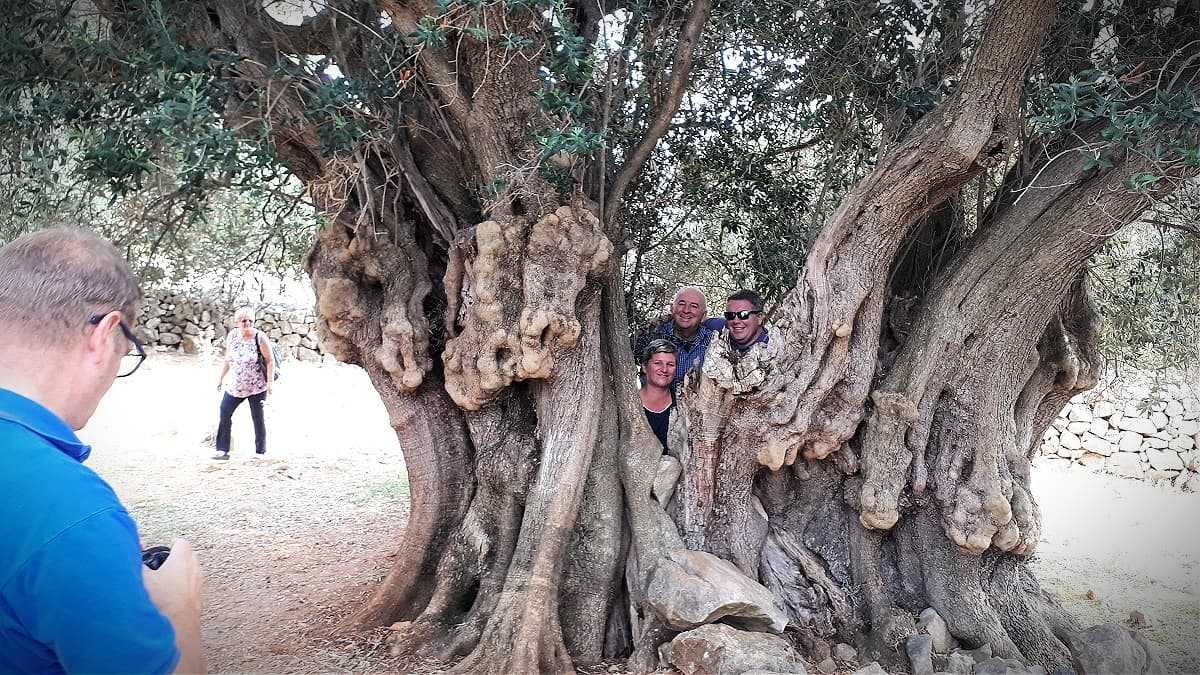
In order to change this and turn Lun into a universally recognized olive growing terroir, Vlatković hopes to send olive oils harvested from its millenary groves to the 2022 NYIOOC.
If the oils were to be awarded, Vlatković said this would convince the world of the island’s quality and establish the millenary groves of Lun as a cultural asset. It would also help promote other wild olive groves on the Kvarner islands, Hvar, Lastovo, Pelješac and Kornati.
However, there will be challenges involved in producing award-winning olive oil from Lun’s millenary trees. The fruit from the trees is small, so 15 to 20 kilograms of olives must be harvested to yield one kilogram of oil.
Despite the production difficulties, Vlatković said olive oils from Lun are unique as a result of the peninsula’s terroir and boast plentiful health benefits. He hopes to prove this to the international panel of judges at the World Olive Oil Competition next year.



